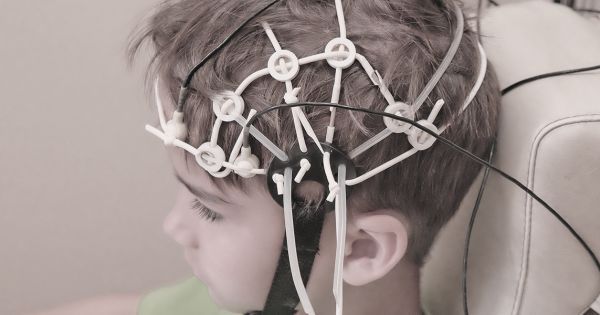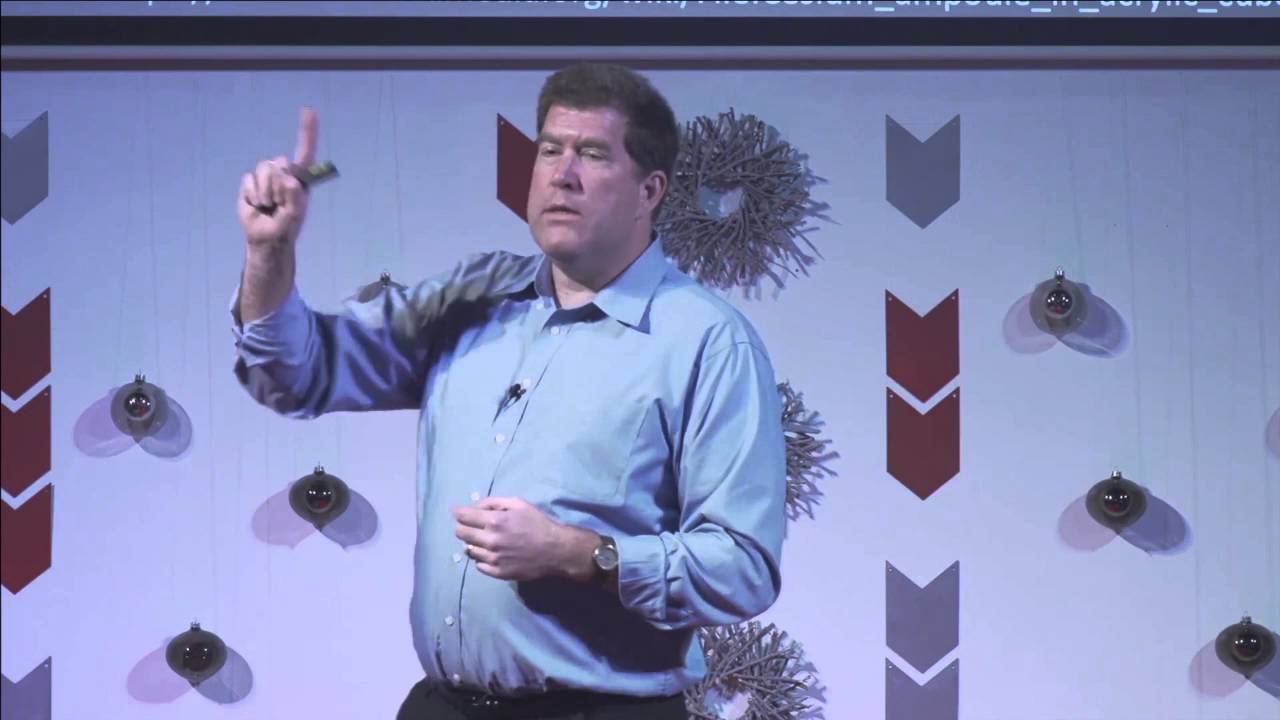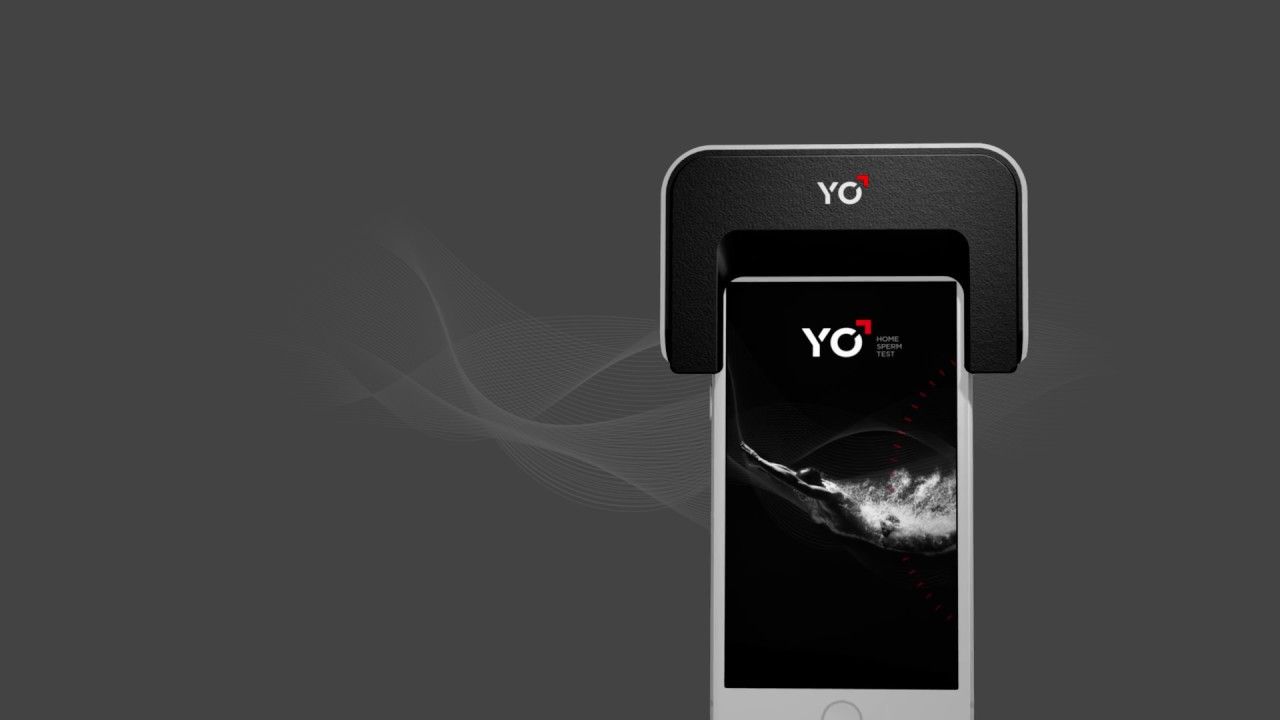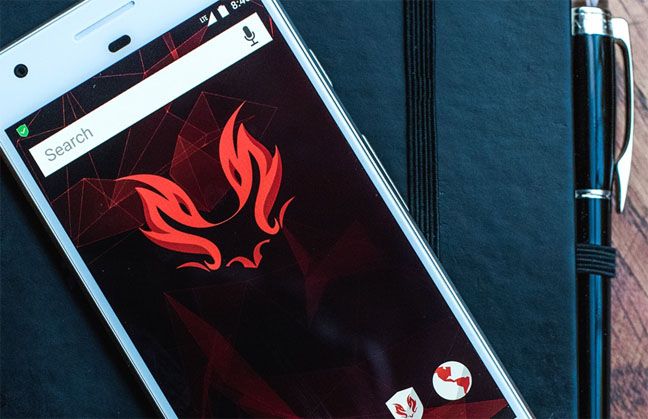Definitely q-dots/ graphene technology involved.
Smartphones are about to get a lot smarter, thanks to rapid advances in sensor technology, which is set to hugely impact homeland security.

Definitely q-dots/ graphene technology involved.
Smartphones are about to get a lot smarter, thanks to rapid advances in sensor technology, which is set to hugely impact homeland security.

Graphene cooking oil?
In Brief
Researchers have found a way to turn cheap, everyday cooking oil into the wonder material graphene – a technique that could greatly reduce the cost of making the much-touted nanomaterial.
Graphene is a single sheet of carbon atoms with incredible properties – it’s 200 times stronger than steel, harder than diamond, and incredibly flexible. Under certain conditions, it can even be turned into a superconductor that carries electricity with zero resistance.

Judging by the way some users handle portable consumer electronics, it’s fair to say that they can be considered harsh environment devices. Cell phones, MP3 players, tablets and other portable electronic devices have become ubiquitous personal and professional tools that are used constantly throughout the day and not with the gentlest of care. As a result, switch manufacturers must create new rugged miniature switches that combine significant space and weight reductions with ruggedness and long operating lives.
These miniature switches must function in the same reliable, consistent manner as the more substantially-sized industrial design, all the while maintaining optimum functionality, performance and extended lifespans. Switch manufacturers that offer value-added services, including manufacturing modules and custom assemblies, can deliver complete electromechanical solutions that not only meet the size and performance requirements, but can also withstand the elements like vibration and shock.

No more smartphones.
In Brief
Imagine living in a world in which verbal communication is no longer required, a society in which telepathy is the norm, where people would be able to “speak” to each other using only their thoughts.
Scientists have long been contemplating the possibilities of brain-to-brain communication in humans, and it appears as though their dreams could become a reality within the next year or so. Such a system would be made possible via major advances in the technology that have been achieved via recent trials involving animals.

Now, this is a breakfast I wished that I could have experienced.
So, I tweeted about this yesterday, but I also spent the entire day feeling achy and feverish, so didn’t have brains or time for a blog post with more details. I’m feeling healthier this morning, though time is still short, so I’ll give a quick summary of the details:
— As you can see in the photo (taken with my phone at Starbucks just before I took these to the post office to mail them), I signed a contract for a new book. Four copies, because lawyers.
— The contract is with Oneworld Publications in the UK, who had a best-seller on that side of the pond with How to Teach Quantum Physics to Your Dog.




 Test Your Sperm in The Comfort of Your Phone
Test Your Sperm in The Comfort of Your Phone
Check your swimmers with YO the first FDA cleared Smartphone based solution for testing your motile sperm.

My verdict is still out; however, a good start.
Future of technology, Innovation, The Future Now, future technology devices concept, future technology 2010,future technology predictions, the future of cell phones, hi-tech future gadgets.

Computer boffins Juan Echeverria and Shi Zhou at University College London have chanced across a dormant Twitter botnet made up of more than 350,000 accounts with a fondness for quoting Star Wars novels.
Twitter bots have been accused of warping the tone of the 2016 election. They also can be used for entertainment, marketing, spamming, manipulating Twitter’s trending topics list and public opinion, trolling, fake followers, malware distribution, and data set pollution, among other things.
In a recently published research paper, the two computer scientists recount how a random sampling of 1 per cent of English-speaking Twitter accounts – about 6 million accounts – led to their discovery.

A new study came up with a new way to reprogram cells in order to recognize electronic signals which can allow these cells to be connected to a smartphone for better health tracking. Read more here.